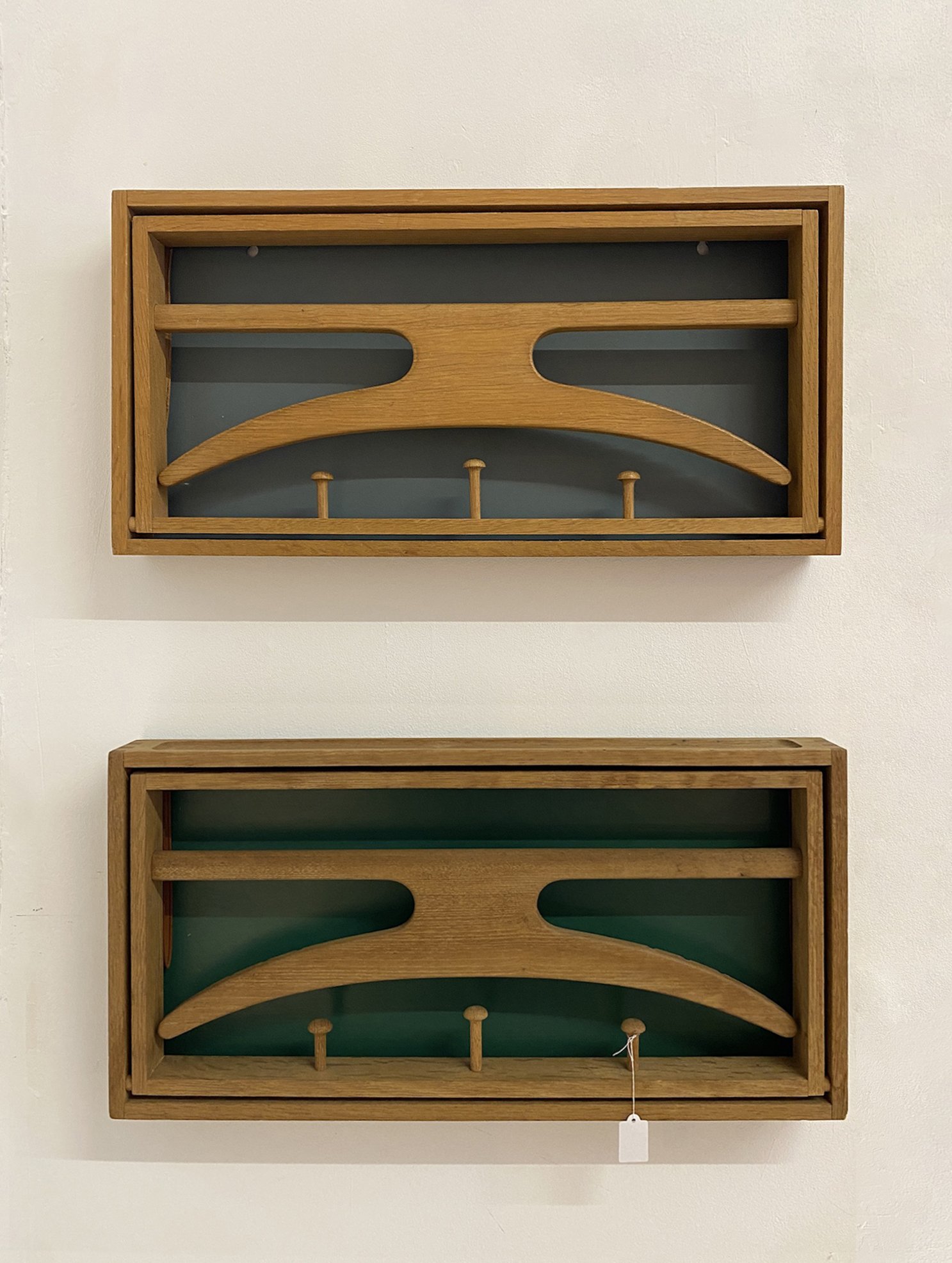Poterie rare japonaise réalisée par le maître potier Takiguchi Kazuo.










Poterie rare japonaise réalisée par le maître potier Takiguchi Kazuo.
Kazuo Takiguchi was born and raised in Tokyo. He studied under the renowned potter Kiyomizu Rokubei, then spent a brief period with Yagi Kazuo, a master potter and one of the founders of the Sōdeisha movement (1948-1998), of which Kazuo Takiguchi is an inheritor.
The Sōdeisha movement formed in protest against the dominant Mingei movement in Japan in the mid-20th century. It promoted two rules: the prohibition of drawing inspiration from ancient pottery forms, thus breaking away from traditional Japanese pottery shapes; and the refusal to participate in traditional artistic circuits such as salons. This institutional rejection allowed them to escape external judgment and thus freely explore multiple, often biomorphic and non-functional forms.
Simultaneously, Takiguchi was deeply influenced by ceramics created by Picasso, who appropriated the surface of vessels as a means of representation.
As an inheritor of this movement, Kazuo Takiguchi creates ceramics with abstract forms. The technique involves preparing a large sheet of extremely thin clay, which is then folded and joined, using a structure mold made of canvas and hooks, to form a structure.
He strives to give each piece a unique presence of its own. It is important to him that his works resonate with viewers beyond the context of functionality.
His sculptural process is both intricate and highly creative. Using pulleys, he first flattens a slab of finely crushed clay between 1/8-1/4 inches thick and lays it on a canvas sheet. With the use of pulleys, he hoists the entire piece into the air, molding it into the amoebic shape he desires.










